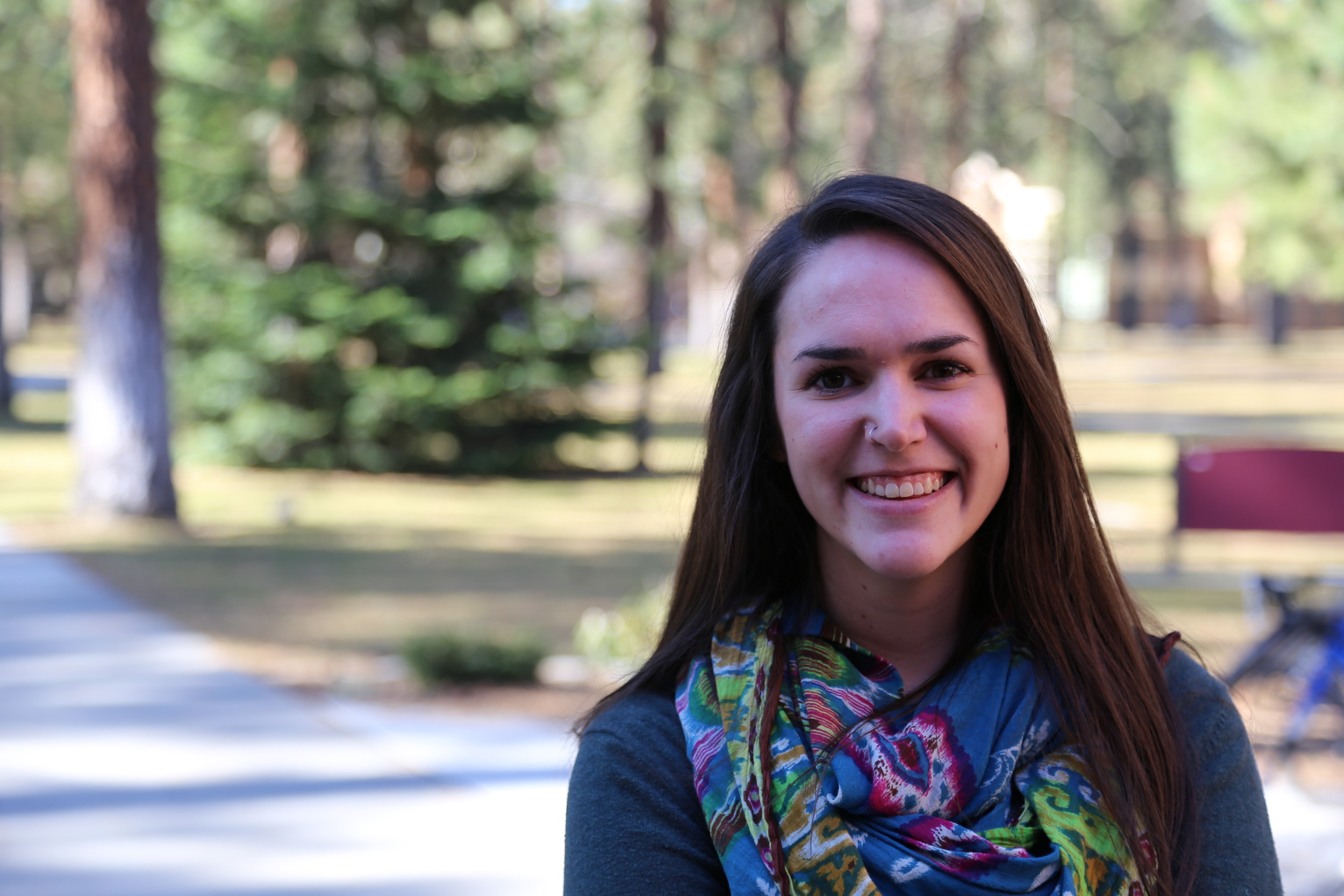de(tales): incense
Emily is one of my real life friends. We connected when I was just beginning to ask questions about women in leadership. I knew that she was using her pastoral gifts. It's been a joy to walk beside her in this journey.

It was the smell of incense, strong and overpowering, that without warning transported me to another time and place.
Suddenly, I am back in a crowded Catholic church in Guatemala. The exact location of this particular church escapes me. A haze of smoky, sweet incense clouds my memory. Icons all around and bright, colorful feathers decorate the inside of the church.
Seven years ago, I was only a week or two into four months of study in Central America. This semester would become one of the most intensely painful, beautiful, and formative experiences of my life. Over the course of that semester, I would have the pleasure of visiting countless Catholic churches throughout the region, and yet this one stands out in my mind.
Central America’s history is one marred by colonization, power grabs, and extreme violence. This particular church is colonization’s prototype: make the people succumb to your control through religious jargon and the desecration of their holy sites. Built atop an indigenous altar, the construction of this church literally destroyed the indigenous peoples’ ability to worship in the ways of their tradition.
What, then, would the indigenous people do? Sneak the forms of their worship into the church, one feather at a time, slowly reclaiming their sacred place. Today, this church is a portrait of syncretism, the place where two cultures, two ways of worship, collide. And it is all the more beautiful and rich because of this painful collision.
I still struggle to identify why this particular memory is so visceral. Why is this smell so powerful, so deeply ingrained upon my memory? Perhaps it has something to do with the painful collision that that semester would prove to be in my own life.
Although at the time I could never know or recognize it, that church was a symbol of hope. I was just embarking on what would be an extremely raw, painful journey. This church stood as a witness to the beauty that can emerge from pain and struggle. And though it would take me years to fully see it, this is Central America’s heritage: new hope, new life and beauty rising up out of the ashes of destruction, over and over again.
In many ways, that semester would destroy me. Emotionally, physically, spiritually. But before I really even began the journey, I was gifted this beacon of hope, a testament to the strength of the Central American people. Although it was, and continues to be, a long process of seeking restoration and wholeness, like that church, I trust and hope that I am emerging from it better than before.
[This piece is dedicated to all alumni of Whitworth University’s Central America Study Program, particularly the CASPers of 2008.]
 Emily Dufault is a pastor, candle maker, and novice swing dancer. She left Whitworth University in 2010 with bachelor’s degrees in Peace Studies & Cross Cultural Studies, but has since returned for graduate studies in Theology. Currently serving at The Porch in West Central, Spokane, she spends what free time she has walking the Centennial Trail, enjoying the beauty of the Spokane Falls.
Emily Dufault is a pastor, candle maker, and novice swing dancer. She left Whitworth University in 2010 with bachelor’s degrees in Peace Studies & Cross Cultural Studies, but has since returned for graduate studies in Theology. Currently serving at The Porch in West Central, Spokane, she spends what free time she has walking the Centennial Trail, enjoying the beauty of the Spokane Falls.
You can check out the other de(tales) (so far) here.
There’s still time to order my Easter art and meditation calendar. It’s a 50 print set of cards with words by me, and art by Alicia Heater of Slightly Stationary. It’s beautiful, and meant to draw you into a meaningful Easter season. I’d be honored to have you purchase it, for yourself or for a gift. International shipping is now available. Thursday is the last day to get the special pre-order price, on Friday it goes up, so if you've been waiting, this is your time.
